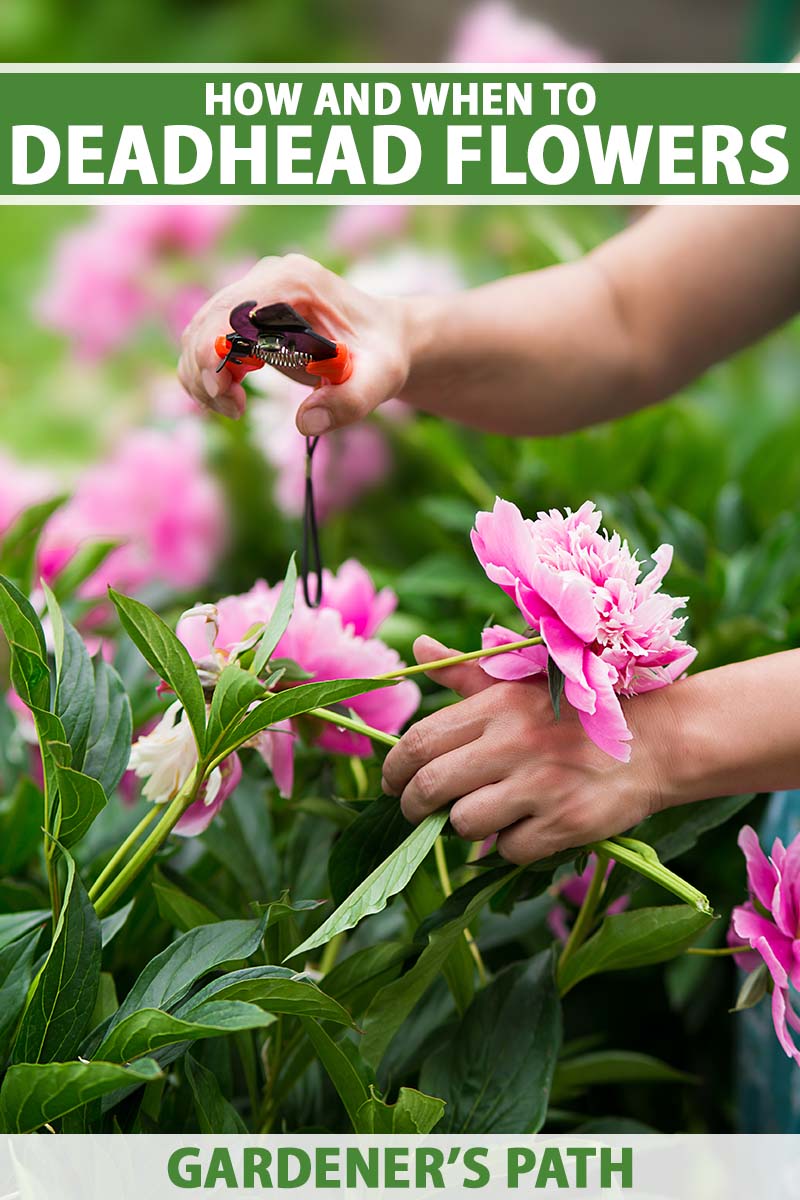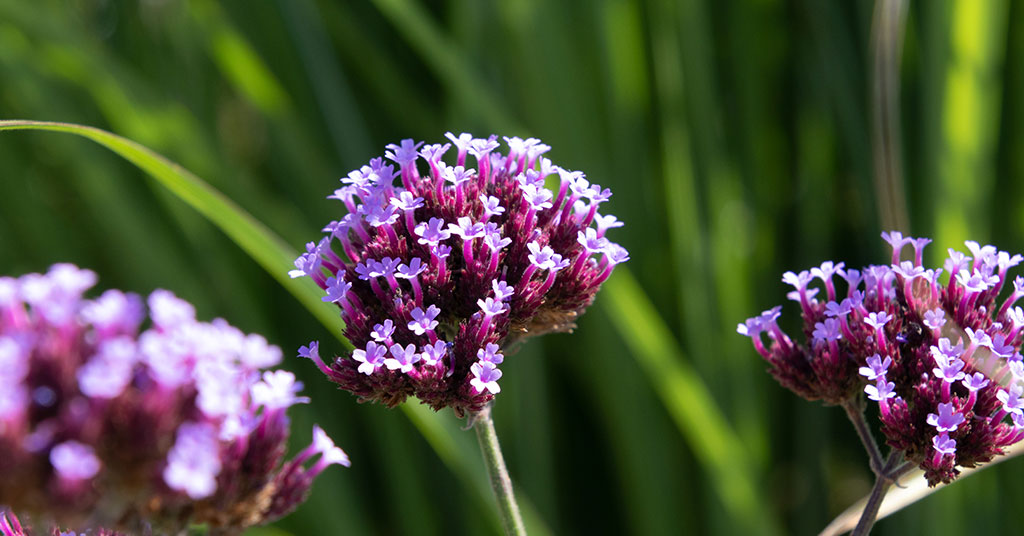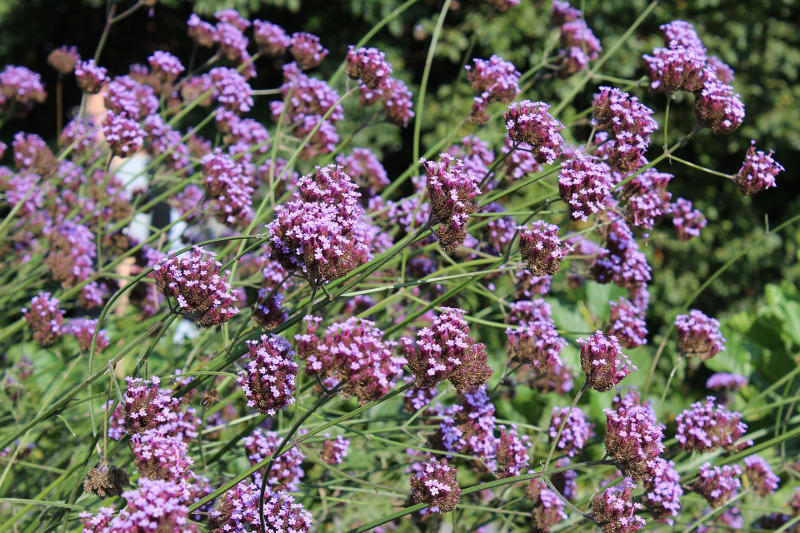What is Deadheading and Why is it Important for Verbena
Deadheading is a simple yet effective gardening technique that involves removing spent flowers, also known as dead blooms, from plants. This process is crucial for promoting healthy growth and blooming in verbena plants. By removing dead flowers, verbena plants are encouraged to produce more blooms, rather than focusing energy on seed production. This is especially important for verbena, as it is a flowering plant that blooms continuously throughout the growing season.
Verbena plants, in particular, benefit from regular deadheading. By removing spent flowers, gardeners can promote bushy growth, increase flower production, and prevent the plant from becoming leggy. Additionally, deadheading helps to maintain the plant’s appearance, keeping it looking its best throughout the growing season. But do verbena need to be deadheaded regularly? The answer is yes, and it’s essential to understand the importance of deadheading for optimal verbena care.
When verbena plants are not deadheaded, they can become overwhelmed with seed production, leading to a decrease in flower production. This can result in a less-than-desirable appearance, with the plant becoming leggy and sparse. By deadheading regularly, gardeners can prevent this from happening, promoting a full, lush plant with an abundance of blooms. Furthermore, deadheading can help to prevent the spread of disease, as spent flowers can harbor fungal spores and other pathogens.
In summary, deadheading is a vital process for verbena plants, promoting healthy growth, blooming, and appearance. By removing spent flowers, gardeners can encourage their verbena plants to produce more blooms, prevent seed production, and maintain a bushy, compact shape. Whether you’re a seasoned gardener or just starting out, understanding the importance of deadheading is crucial for optimal verbena care.
How to Deadhead Verbena for Maximum Blooms
Deadheading verbena plants is a straightforward process that requires minimal tools and effort. To get started, you’ll need a pair of clean, sharp pruning shears or clippers. It’s essential to use clean tools to prevent the spread of disease and promote healthy growth.
The best time to deadhead verbena plants is in the morning, after the dew has dried but before the heat of the day. This allows you to remove spent flowers without causing stress to the plant. Begin by inspecting the plant for dead or dying flowers. Gently grasp the stem just below the spent flower, and snip it off with your pruning shears. Make the cut just above a leaf node, as this will help the plant to heal quickly and reduce the risk of disease.
When deadheading verbena, it’s essential to remove the entire flower stem, rather than just the spent flower. This will help to encourage the plant to produce new growth and prevent seed production. Be careful not to remove too much of the stem, as this can cause stress to the plant and lead to disease or pest issues.
For verbena plants with multiple stems, you may need to deadhead individual stems separately. Start by removing the spent flowers from the longest stems, working your way down to the shorter stems. This will help to maintain the plant’s shape and promote healthy growth.
It’s also important to note that some verbena varieties may require more frequent deadheading than others. For example, verbena plants that produce large, showy flowers may require more frequent deadheading to maintain their appearance. On the other hand, verbena plants with smaller flowers may require less frequent deadheading.
By following these simple steps, you can deadhead your verbena plants with confidence and promote maximum blooms. Remember to deadhead regularly, as this will help to maintain the plant’s appearance and encourage healthy growth. With proper deadheading, your verbena plants will thrive and provide beautiful blooms all season long.
Do Verbena Plants Require Regular Deadheading
Verbena plants are known for their prolific blooming, and regular deadheading is essential to maintain their appearance and promote healthy growth. But do all verbena varieties require deadheading, and how often should it be done? The answer depends on the specific type of verbena and its growth habits.
For most verbena varieties, regular deadheading is necessary to encourage continuous blooming and prevent seed production. Verbena plants that are not deadheaded regularly can become leggy and produce fewer flowers, leading to a less-than-desirable appearance. By removing spent flowers, gardeners can promote bushy growth and encourage the plant to produce more blooms.
However, some verbena varieties, such as Verbena x hybrida, may not require as frequent deadheading as others. These plants tend to produce smaller flowers and may not produce as much seed, making deadheading less necessary. On the other hand, verbena varieties like Verbena bonariensis, which produce large, showy flowers, may require more frequent deadheading to maintain their appearance.
In general, it’s recommended to deadhead verbena plants every 7-10 days during the blooming season. This will help to maintain the plant’s appearance and promote healthy growth. However, the frequency of deadheading may vary depending on the specific growing conditions and the type of verbena being grown.
It’s also important to note that deadheading is not just limited to removing spent flowers. It’s also essential to remove any weak or spindly growth, as this can help to promote healthy growth and prevent disease. By combining regular deadheading with proper pruning techniques, gardeners can keep their verbena plants looking their best and promote optimal growth.
So, do verbena need to be deadheaded? The answer is yes, and regular deadheading is essential to maintain their appearance and promote healthy growth. By understanding the specific deadheading needs of your verbena plants, you can keep them looking their best and enjoy a bountiful bloom all season long.
The Benefits of Deadheading Verbena: Increased Blooms and Improved Appearance
Deadheading verbena plants is a simple yet effective way to promote healthy growth, increase blooming, and improve the overall appearance of the plant. By removing spent flowers, gardeners can encourage their verbena plants to produce more blooms, leading to a more vibrant and attractive display.
One of the primary benefits of deadheading verbena is the increase in blooming. When verbena plants are not deadheaded, they can become focused on seed production, leading to a decrease in blooming. By removing spent flowers, gardeners can redirect the plant’s energy towards producing more blooms, resulting in a more prolific display of flowers.
In addition to increased blooming, deadheading verbena also improves the overall appearance of the plant. By removing spent flowers, gardeners can maintain a neat and tidy appearance, preventing the plant from becoming leggy and unkempt. This is especially important for verbena plants that are grown in containers or hanging baskets, where a neat and compact appearance is essential.
Deadheading verbena also has the added benefit of reducing seed production. When verbena plants are allowed to produce seeds, they can become less vigorous and produce fewer flowers. By removing spent flowers, gardeners can prevent seed production, leading to a more robust and healthy plant.
Furthermore, deadheading verbena can also help to prevent the spread of disease. Spent flowers can harbor fungal spores and other pathogens, which can spread to other parts of the plant if not removed. By deadheading verbena, gardeners can help to prevent the spread of disease, leading to a healthier and more robust plant.
So, do verbena need to be deadheaded? The answer is yes, and regular deadheading is essential to promote healthy growth, increase blooming, and improve the overall appearance of the plant. By incorporating deadheading into your verbena care routine, you can enjoy a more vibrant and attractive display of flowers, and keep your plants looking their best.
Common Mistakes to Avoid When Deadheading Verbena
Deadheading verbena plants is a simple yet effective way to promote healthy growth and increase blooming. However, there are some common mistakes to avoid when deadheading verbena, which can lead to reduced blooming, poor plant health, and even plant death.
One of the most common mistakes to avoid when deadheading verbena is removing too much of the stem. Verbena plants have a delicate stem structure, and removing too much of the stem can cause stress to the plant, leading to reduced blooming and poor plant health. When deadheading verbena, it’s essential to remove only the spent flower and a small portion of the stem, leaving as much of the stem intact as possible.
Another mistake to avoid when deadheading verbena is not removing enough of the spent flowers. Leaving spent flowers on the plant can lead to seed production, which can reduce blooming and cause the plant to become leggy. When deadheading verbena, it’s essential to remove all spent flowers, including any seed pods or seed heads.
Deadheading verbena at the wrong time can also be a mistake. Verbena plants are sensitive to temperature and humidity, and deadheading at the wrong time can cause stress to the plant. The best time to deadhead verbena is in the morning, after the dew has dried but before the heat of the day.
Using the wrong tools when deadheading verbena can also be a mistake. Verbena plants have delicate stems, and using tools that are too sharp or too dull can cause damage to the plant. When deadheading verbena, it’s essential to use clean, sharp pruning shears or clippers, and to make clean cuts just above a leaf node.
Finally, neglecting to deadhead verbena regularly can also be a mistake. Verbena plants require regular deadheading to promote healthy growth and increase blooming. Neglecting to deadhead verbena can lead to reduced blooming, poor plant health, and even plant death.
By avoiding these common mistakes, gardeners can ensure that their verbena plants receive the best care possible, and enjoy a bountiful bloom all season long. So, do verbena need to be deadheaded? The answer is yes, and regular deadheading is essential to promote healthy growth and increase blooming.
Pruning Verbena: A Comprehensive Guide
Pruning verbena plants is an essential part of their care, as it helps to maintain their shape, promote healthy growth, and encourage blooming. Verbena plants can become leggy and unruly if not pruned regularly, which can lead to reduced blooming and poor plant health.
The best time to prune verbena plants depends on the type of verbena and its growth habits. For most verbena varieties, the best time to prune is in the spring, after the threat of frost has passed. This allows the plant to put its energy into producing new growth and blooms, rather than seed production.
When pruning verbena, it’s essential to use the right tools. Clean, sharp pruning shears or clippers are the best tools for the job, as they make clean cuts and prevent the spread of disease. When pruning, make cuts just above a leaf node, as this will help the plant to heal quickly and reduce the risk of disease.
There are several techniques for pruning verbena, depending on the type of verbena and its growth habits. For verbena plants that are grown in containers or hanging baskets, a light pruning is usually sufficient. This involves removing any dead or damaged leaves or stems, and trimming back the plant to maintain its shape.
For verbena plants that are grown in the ground, a more extensive pruning may be necessary. This involves removing any dead or damaged leaves or stems, and cutting back the plant to about one-third to one-half of its height. This will help to promote new growth and encourage blooming.
Some verbena varieties, such as Verbena x hybrida, may require more frequent pruning than others. These plants tend to produce long, trailing stems that can become leggy and unruly if not pruned regularly. Regular pruning will help to maintain the plant’s shape and promote healthy growth.
Pruning verbena plants can also help to prevent the spread of disease. By removing any dead or damaged leaves or stems, gardeners can prevent the spread of fungal diseases and other pathogens. Regular pruning will also help to promote air circulation, which can help to prevent disease.
By following these tips and techniques, gardeners can prune their verbena plants with confidence and promote healthy growth and blooming. Remember to prune verbena plants regularly, as this will help to maintain their shape and promote healthy growth.
Combining Deadheading and Pruning for Optimal Verbena Care
Deadheading and pruning are two essential techniques for maintaining the health and appearance of verbena plants. By combining these techniques, gardeners can promote optimal growth, encourage blooming, and maintain the plant’s shape.
When to prune verbena plants after deadheading depends on the type of verbena and its growth habits. For most verbena varieties, it’s best to prune after deadheading, as this will help to maintain the plant’s shape and promote new growth. However, for some verbena varieties, such as Verbena x hybrida, it’s best to deadhead after pruning, as this will help to encourage blooming.
When pruning verbena plants after deadheading, it’s essential to use the right tools and techniques. Clean, sharp pruning shears or clippers are the best tools for the job, as they make clean cuts and prevent the spread of disease. When pruning, make cuts just above a leaf node, as this will help the plant to heal quickly and reduce the risk of disease.
Deadheading verbena plants after pruning is also an essential step in maintaining the plant’s health and appearance. By removing spent flowers, gardeners can encourage the plant to produce more blooms and prevent seed production. When deadheading after pruning, it’s essential to remove all spent flowers, including any seed pods or seed heads.
Combining deadheading and pruning can also help to prevent the spread of disease. By removing any dead or damaged leaves or stems, gardeners can prevent the spread of fungal diseases and other pathogens. Regular pruning and deadheading will also help to promote air circulation, which can help to prevent disease.
By combining deadheading and pruning, gardeners can promote optimal growth, encourage blooming, and maintain the plant’s shape. Remember to prune and deadhead verbena plants regularly, as this will help to maintain their health and appearance.
In addition to combining deadheading and pruning, gardeners can also use other techniques to promote optimal growth and blooming. Fertilizing verbena plants regularly, providing adequate water and sunlight, and mulching around the base of the plant can all help to promote healthy growth and blooming.
By following these tips and techniques, gardeners can promote optimal growth, encourage blooming, and maintain the health and appearance of their verbena plants. So, do verbena need to be deadheaded? The answer is yes, and regular deadheading and pruning are essential for optimal verbena care.
Conclusion: The Importance of Deadheading and Pruning for Verbena Plants
Deadheading and pruning are two essential techniques for maintaining the health and appearance of verbena plants. By removing spent flowers and pruning the plant regularly, gardeners can encourage blooming, promote healthy growth, and maintain the plant’s shape.
Regular deadheading and pruning can also help to prevent the spread of disease and pests, and can even help to extend the blooming season. By incorporating these techniques into their verbena care routine, gardeners can enjoy a more vibrant and attractive display of flowers, and can help to keep their plants looking their best.
So, do verbena need to be deadheaded? The answer is yes, and regular deadheading and pruning are essential for optimal verbena care. By following the tips and techniques outlined in this article, gardeners can promote healthy growth, encourage blooming, and maintain the appearance of their verbena plants.
In conclusion, deadheading and pruning are two simple yet effective techniques that can make a big difference in the health and appearance of verbena plants. By incorporating these techniques into their verbena care routine, gardeners can enjoy a more vibrant and attractive display of flowers, and can help to keep their plants looking their best.
Remember, regular maintenance is key to keeping verbena plants healthy and thriving. By deadheading and pruning regularly, gardeners can promote healthy growth, encourage blooming, and maintain the appearance of their verbena plants. So, don’t neglect these important tasks – give your verbena plants the care they need to thrive!








